Latest Posts
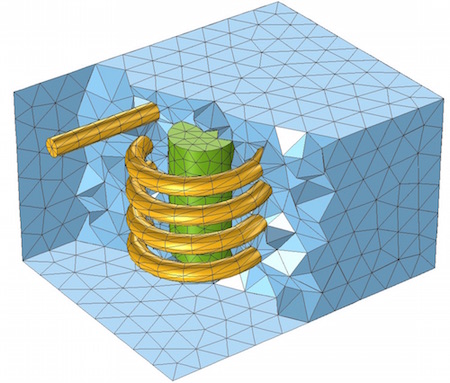
Improving Your Meshing with Swept Meshes
Get a demonstration of using swept meshing to generate efficient and accurate finite element meshes for some common modeling cases, such as calculating the fluid flow through a network of pipes.
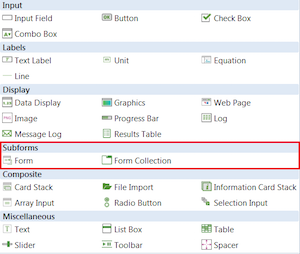
How to Organize Your Simulation App Using Subforms
It is important that simulation apps are as organized as possible for ease of use. Learn how to create organized apps in COMSOL Multiphysics® by using subforms and form collections.
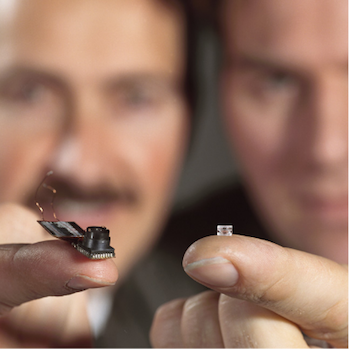
Focusing on an Electrowetting Lens
Simulation can be used to test different viscosity values and analyze the physics of electrowetting lenses, such as those used to change the view angle of cameras.
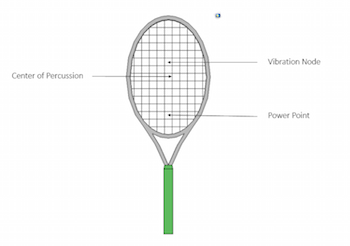
The Physics of Tennis Racket Sweet Spots
Whether you’re a tennis pro or new to the courts, you might enjoy this blog post examining the physics behind the “sweet spots” of a tennis racket.
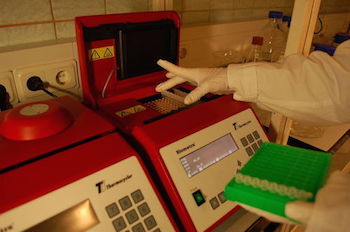
Creating Ultrafast Polymerase Chain Reaction Tests with LEDs
Researchers at the University of California, Berkeley, used simulation to develop an LED-based polymerase chain reaction system that shows potential for point-of-care testing. Get the full story.
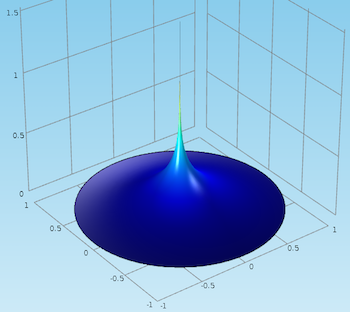
How to Implement a Point Source with the Weak Form
Learn how to implement a point source with the weak form in the COMSOL® software. Part 2 of a blog series discussing the weak formulation.

Studying Salt Damage to the World’s Crumbling Buildings
We sometimes hear of tourists getting into trouble for carving their initials into the walls of the Coliseum in Rome and other famous structures. However, the more serious damage to this architecture is caused by something else entirely — salt. Transported by wind and water droplets, and even found in some building materials, salt is a powerful mineral that can cause a building’s façade to crumble and break. Researchers studied this effect to better predict salt’s behavior and prevent damage.
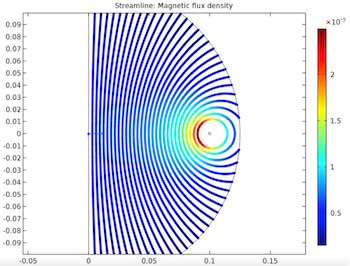
Analyzing Mutual Inductance in Different Coil Arrangements
Mutual inductance measures the amount of change required for a current flowing through one circuit to create a current in a nearby circuit. Simulation can be used to compute mutual inductance.
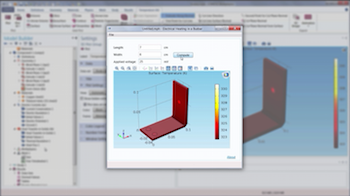
How to Build an App from a COMSOL Multiphysics® Model
Get a brief intro to building a simulation app from a COMSOL Multiphysics® model using the Application Builder. Includes a 10-minute step-by-step tutorial video.
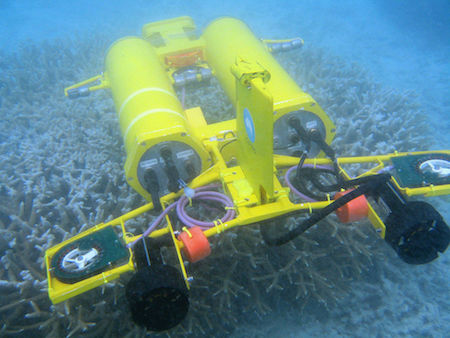
Simulating a MEMS-Based Pressure Sensor Inspired by a Cave Fish
Oceanic inspiration: Researchers from the PSG College of Technology in India used numerical simulation to investigate a pressure sensor design inspired by the blind Mexican cave fish.

App: Measuring the Diffraction Efficiency of a Wire Grating
We go over the features of the Plasmonic Wire Grating Analyzer demo app, which you can use as inspiration to build your own apps for more efficient wave optics and photonics simulation.

Happy Birthday, Erwin Schrödinger
We discuss the life and work of the legendary physicist behind Schrödinger’s cat, the Schrödinger equation, and more: Erwin Schrödinger.

Using General Extrusion Operators to Model Periodic Structures
If your multiphysics model includes a periodic solution to one physics and nonperiodic solutions to other physics of interest, you can exploit the periodicity to reduce computational requirements!
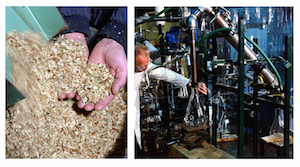
NREL Enhances Biofuel Conversion Processes with Simulation
In an attempt to make biofuel conversion more efficient and cost effective, researchers at NREL used simulation to study and optimize such processes. Get the full story >>
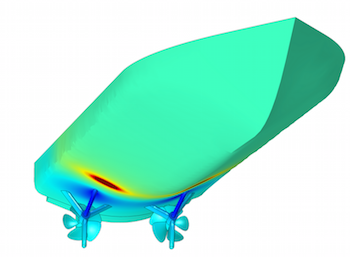
Avoiding Ship Hull Corrosion with ICCP and Simulation
Did you know that the ocean is an electrolyte? Corrosion commonly seen on ship hulls occurs when there are areas with different potentials within such an electrolyte — saltwater, in this case.

Computing Design Sensitivities in COMSOL Multiphysics
You can compute design sensitivities via the core functionality of COMSOL Multiphysics®. We show you how with a parallel plate capacitor example.
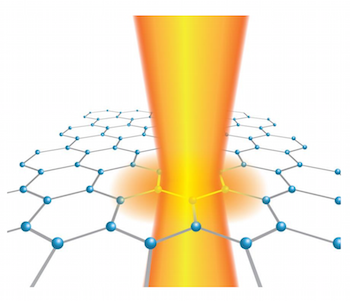
Should We Model Graphene as a 2D Sheet or Thin 3D Volume?
Graphene is a 2D sheet of carbon atoms that is 1 atomic layer thick. However, is graphene actually 2D or is it just incredibly thin, like a very fine piece of paper? How should it be modeled?
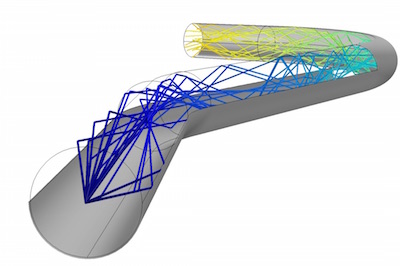
Simulating a Transparent Light Pipe to Optimize Transmittance
Transparent light pipes are used as an optimal source of natural light for underground areas, like subway stations, and areas without a lot of natural light, like prisons.

Simulation-Led Design Is Better and More Accessible than Ever
In the early days of simulation, it was only used by a small handful of R&D specialists. Thanks to recent developments in hardware and simulation software, this handy tool is more accessible.

New Simple Mechanical Cloaking Technique
Researchers from the Karlsruhe Institute of Technology developed a simple mathematical technique for designing mechanical cloaks using numerical modeling. Get details here.
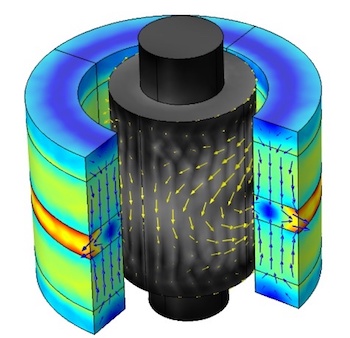
How to Model Magnetic Bearings in COMSOL Multiphysics®
Get an in-depth introduction to the different types of magnetic bearings and then learn how to compute their magnetic force, torque, magnetic stiffness, and more.

Verify Simulations with the Method of Manufactured Solutions
The Method of Manufactured Solutions involves assuming a solution, obtaining source terms, solving the problem, and comparing the results with the assumed solution. Use it to verify your models.
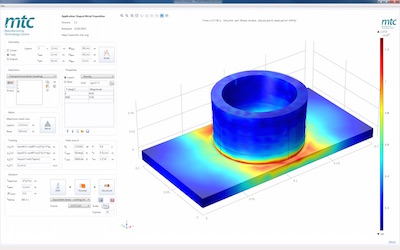
The MTC Builds a Simulation App to Optimize 3D Printing
Engineers at the Manufacturing Technology Centre built a simulation app to efficiently analyze an additive manufacturing technique known as shaped metal deposition. Read the full story…
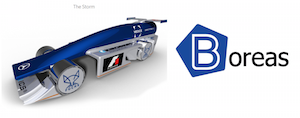
Student Team Wins R&D Award for Optimizing a Mini Race Car
The winning team of the 2014 Formula 1 in schools competition, an international student car building challenge, used COMSOL Multiphysics® to optimize the topology of their car’s wheels.
